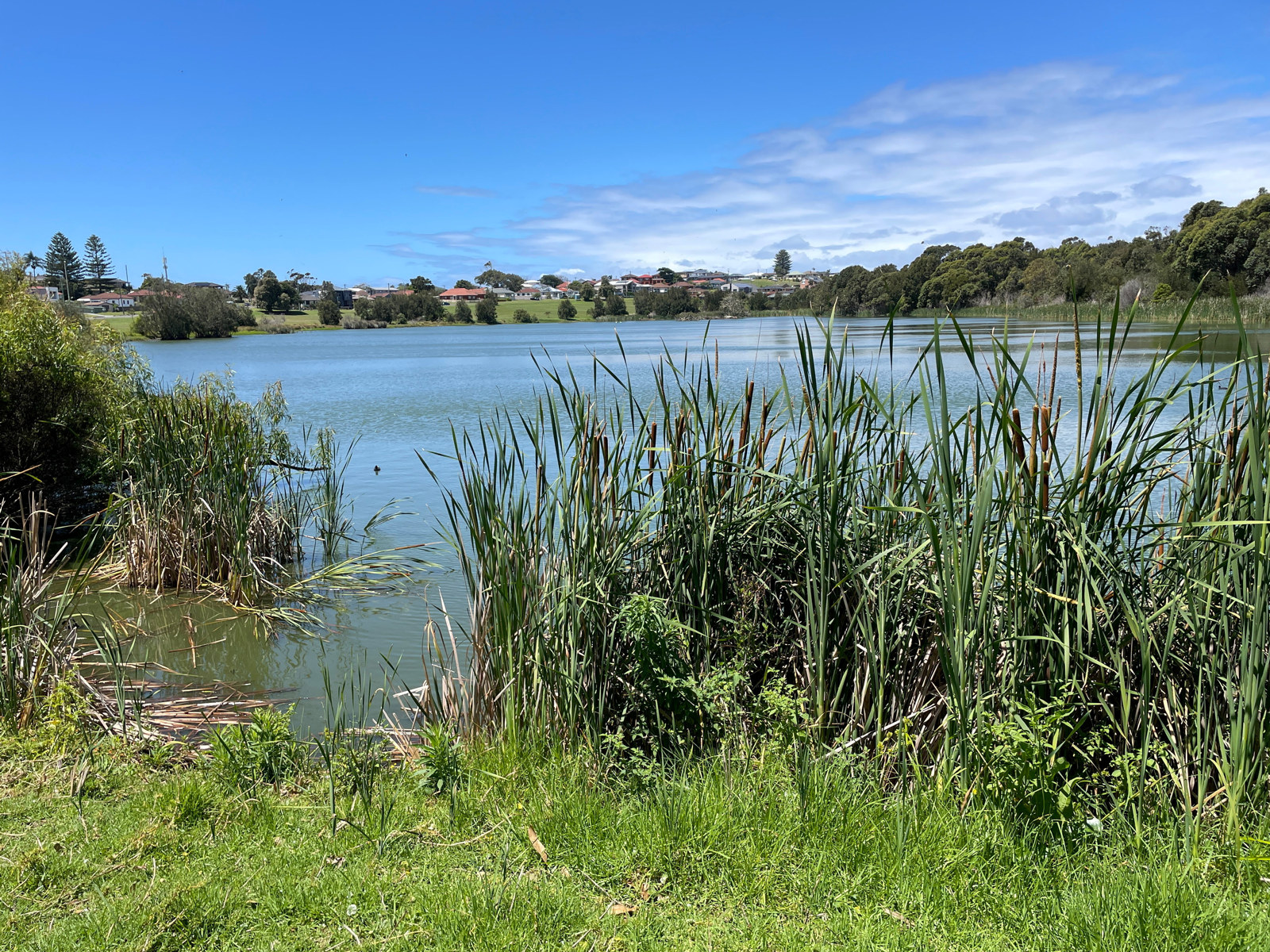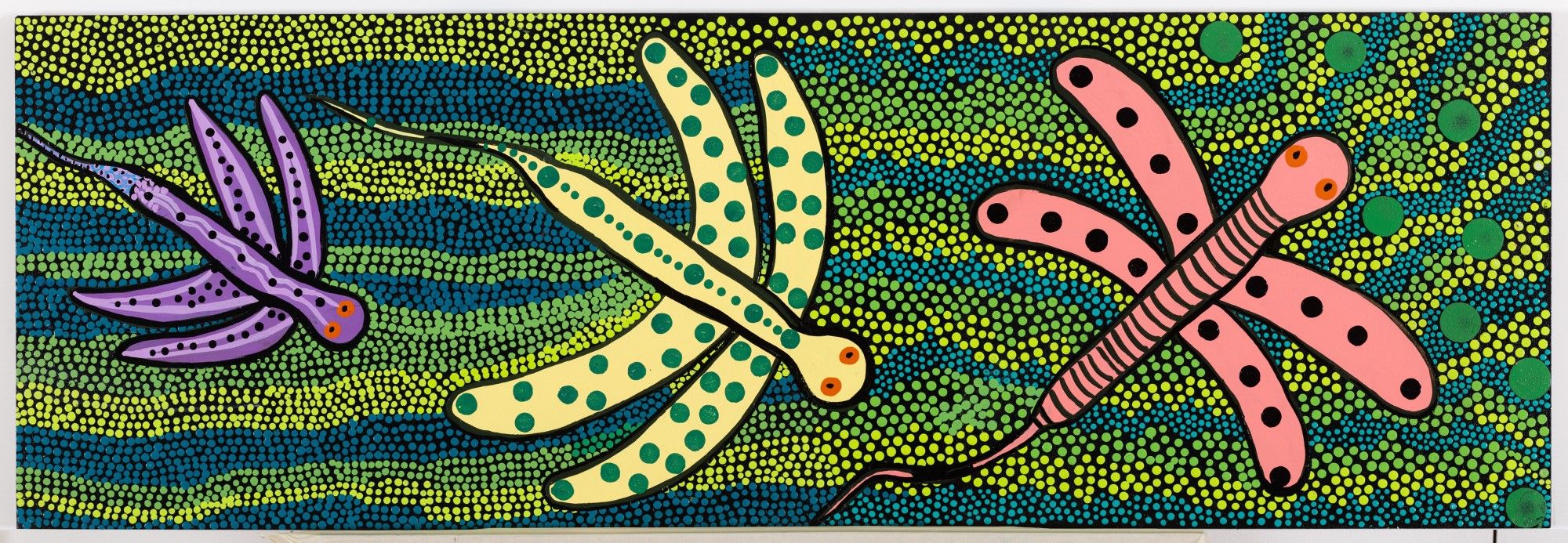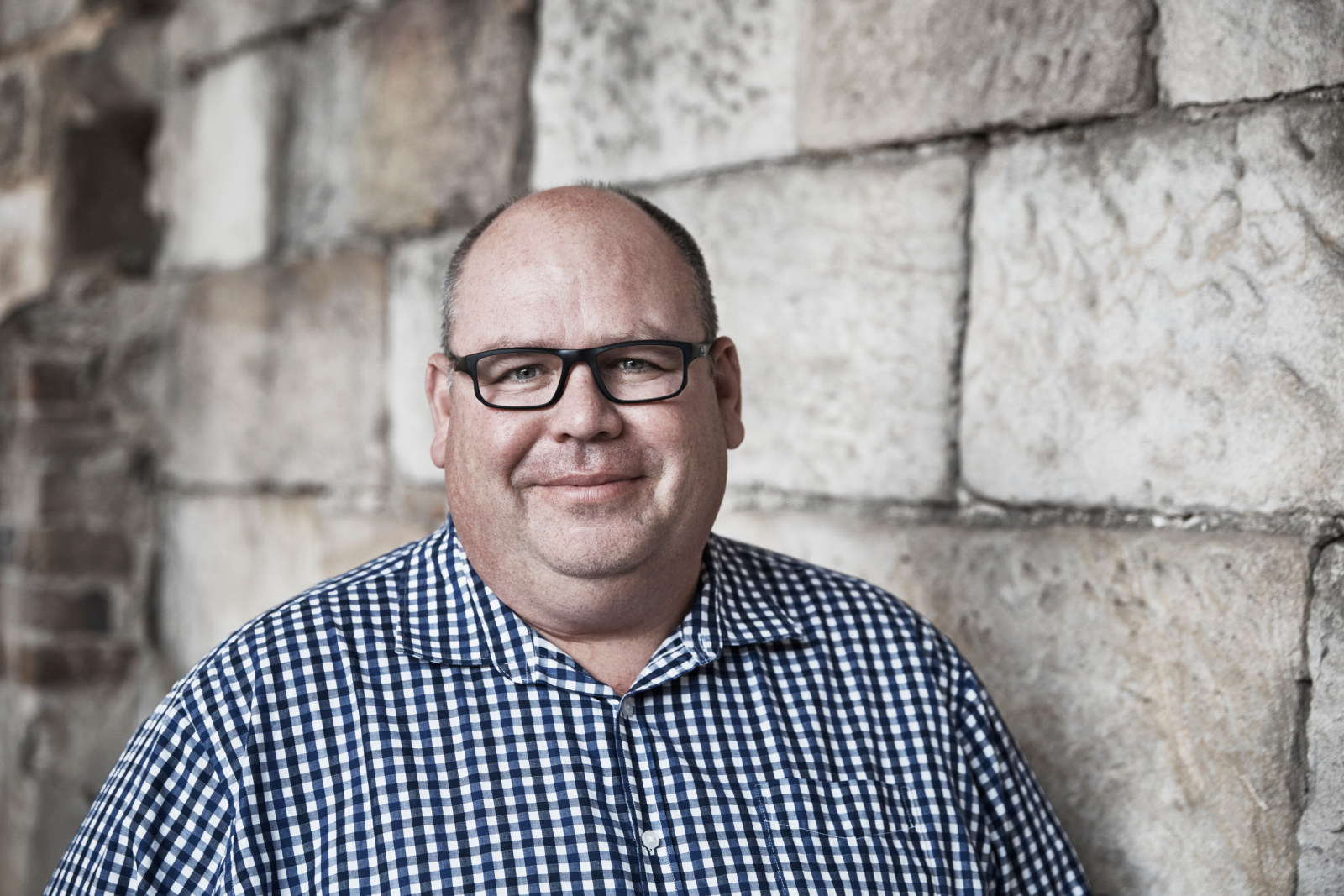To speak the unspoken
For Aboriginal people, the Hyde Park Barracks and the convict system it oversaw represent a very different ‘founding narrative’, one that needs to be told in Aboriginal voices.
Yaama Gamilaroi ngaya murri.
Winangaylanha ngaya yaraaydha ngiyani gurubaldanha Gadigalgu Dhawunda.
Winangaylanha ngaya Marigiirgal mayabuu galumalanha Marigiiraraay Dhawunbaraay.
Wayamaa ngiyani winangaya ganungawu.
Nguwalay yanayindaay, nguwalay yanaylandaay, nguwalay yanangayiylandaay.
Dhawun ngiyani winangaylay.
Winangalaylay ngiyani.
Hello, I am a Gamilaroi man.
I acknowledge that we meet today on Gadigal land.
I recognise that Aboriginal people continue to connect with Aboriginal land.
Let us respect the elders, all of them.
Who walked here long ago, now and in the future.
Let us respect the land.
Let us respect each other.
Gamilaroi transcription kindly provided by Donna Gayford McLaren
As a 51-year-old Gamilaroi man from north-western NSW, I’m finally learning my mother tongue.
To begin to speak and write these words opens a range of emotions for me, from sadness and anger at how my cultural birthright has been kept from me and previous generations for so long, to pride at being part of a reclamation movement that speaks to the very core of a strong and resilient cultural identity and continued connection to my country. There’s also a strong sense of optimism about what the future has in store for current and future generations of Gamilaroi people, and the benefits for Australia as a whole.
Founding narrative
These emotions resonate when I reflect on my role at Sydney Living Museums, helping to shape the way that we explore, uncover and share the insights of Aboriginal people’s views on Australia’s colonial past and present. The impacts of Australia’s colonial past and present are ingrained into the very fabric of the buildings and places that make up SLM. They have been felt by generations of Aboriginal people, yet for the most part they have remained unspoken.
As we look at the significance of the Hyde Park Barracks and the story of the convict system as a foundation narrative for this country, we need to reflect on what this story means to Aboriginal people.
A devastating impact
The integral role convicts played in the development and growth of the new colony has a much deeper meaning for many Aboriginal people. Our colonial history imposed dramatic and often violent change upon a way of life that dates back millennia. It instituted systems that had a devastating impact on Australia’s First Peoples, largely due to a failure to fully comprehend and appreciate the vast richness and depth of a cultural way of life in tune with its environment and country.
Where convicts were at the forefront of growth and expansion of an ever-moving frontier – clearing lands, building roads and settling new farms – they played a pivotal role in the subjugation of the country and the many nations of people who were connected to that country.
The result was loss: loss of country, loss of family and loss of life. For Aboriginal people, this loss still strongly resonates today through our connection to our ancestors and our country.
!['Australian Aborigines Slaughtered by Convicts' [Illustration of the Myall Creek Massacre, 1838]](https://images.slm.com.au/fotoweb/embed/2022/11/061140af1b254ccbb2b16fb5753f4e2b.jpg)
Conflict
As a Gamilaroi Murri, working at MHNSW near the Hyde Park Barracks, I’m continually reminded of this impact, both on a personal front and in the knowledge that these impacts were replicated across the country.
My home town of Tamworth celebrated its ‘200th birthday’ in 2018, commemorating the ‘discovery’ of the Peel Valley by the expedition led by NSW Surveyor-General John Oxley in 1818 and supported by a number of convicts. Some 15 years later, the Australian Agricultural Company took up a land grant of over 550,000 acres of the ancestral lands of the Gamilaroi people and began a long history of agricultural expansion, supported mainly by convict labour.
This and other encroachments onto Gamilaroi country inevitably resulted in conflicts that saw loss of life from both parties. The losses from the ‘settler’ side, however, drew a brutal response. On 26 January 1838, an expedition led by Major James Nunn aiming to subdue Gamilaroi resistance carried out a massacre of what is thought to be over 200 Gamilaroi men, women and children at Waterloo Creek. Five months later, another massacre perpetrated by a group made up of convicts and former convicts saw 28 Wirrayaraay people slaughtered at Myall Creek. Until recent times, the Myall Creek massacre was remembered not for the absolute devastation rained down on Aboriginal women and children, but for the resulting court case, in which some of the perpetrators were found guilty of this crime and hanged. This was the only time Europeans were executed for the massacre of Aboriginal people.
A shared future
In considering these realities of the convict system we see another loss: this country’s ongoing inability to broadly acknowledge and embrace a difficult past. But I’m optimistic. By reclaiming this history through the work we’re undertaking at SLM, and especially in the renewal of the Hyde Park Barracks, we’re laying the foundations for a new national identity and understanding that draw on the experiences, strength and resilience of Australia’s First Peoples. It’s through this reclamation and new understandings that we can achieve a shared future for this country.
Published on
Related
![Pencil drawing of Bathurst 1818, Plans of Government Buildings at Bathurst, Main series of letters received [Colonial Secretary], 1788–1826.](https://cdn.sanity.io/images/zl9du87e/production/ec5b53147e75bdc6536c142340cae04b71adc992-3203x1998.jpg?fit=max&auto=format)
Convict farmer Antonio Roderigo and a ‘dastardly massacre’
A dispute over potatoes farmed by convict-settler Antonio Roderigo was one of many hostile events between colonists and Wiradyuri people that led to the Bathurst War of 1824

First Nations
Coomaditchie: The Art of Place
The works of the Coomaditchie artists speak of life in and around the settlement of Coomaditchie, its history, ecology and local Dreaming stories

First Nations
Coomaditchie: Of place
These works record the extraordinary arc the artists of Coomaditchie have travelled over more than three decades

First Nations
Coomaditchie: Lagoon stories
These panels detail the ecological life in and around Coomaditchie Lagoon
